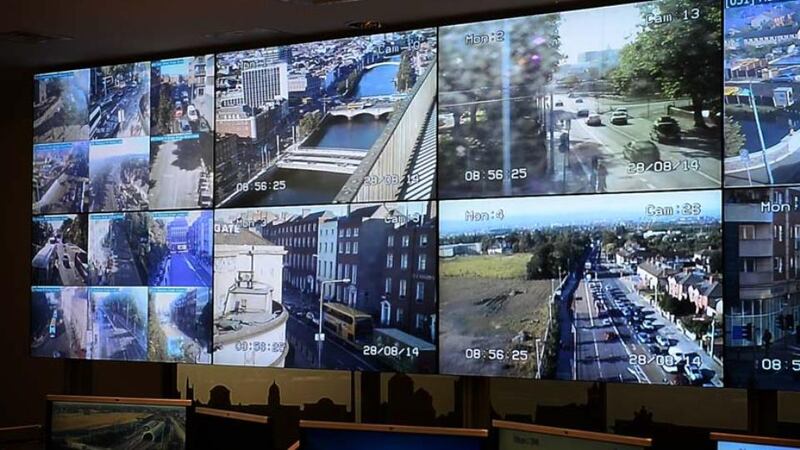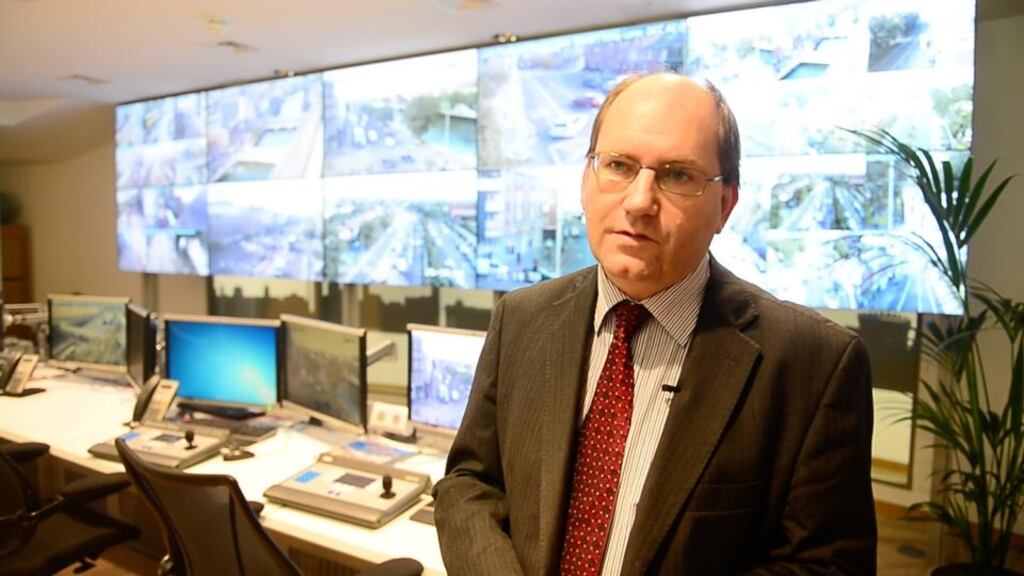Children might groan at the prospect of returning to nine months of classes and homework this week but drivers in Dublin will be more concerned with the traffic congestion associated with back to school season.
The thinking tends to be: schools are back, traffic levels explode. But it's not quite that simple, according to head of Dublin City Council's environmental and transportation department Brendan O'Brien.
There are other factors than schools at play and, besides, the traffic doesn’t start to get that bad until October.

“That’s when you really begin to start seeing it because you’ve got the schools, you get the universities - everybody is back at that stage. Plus you’ve got the darker evenings and slightly worse weather which tends to encourage people to get in their cars rather than use public transport.”
O’Brien is speaking from his office at the Dublin traffic management and incident centre, a mission control-style room in the city council’s civic offices where members of staff monitor traffic volumes on a wall of screens showing what is happening around the city courtesy of a network of hundreds of cameras.
He says there has not been a significant increase in traffic this week because not all the schools are open but Monday will see a bit of a pickup.
Although traffic levels do rise when schools are open, the impact tends to be quite localised.
“Particularly around the city, where the schools are, you’ll see this increase in activity as people come out to do journeys they wouldn’t normally do prior to this,” says O’Brien.
“It’s typically either where somebody is driving the kids to school and back home again or it’s where they would have been on public transport or cycling during the summer and then they’re back in the car to drop the kids on the way to work. You do tend to get a very localised phenomenon with schools.”
The re-opening of schools tends to get blamed for much of our traffic woes but what’s the actual increase in traffic flow during the winter months? “It’s probably somewhere between 5 to 10 per cent,” says O’Brien. “If even that.”
One of the things you have to bear in mind, he continues, is that “turbulence”, as opposed to volume, tends to create a lot of traffic problems.
“So people pulling in and out of schools, people dropping people off, whether it’s dropping their kids off or dropping people off in universities or whatever.
“There also tends to be more buses on the road, there are more coaches on the road. Activity generally picks up, whether it’s loading or unloading, construction activity and so on. All that tends to add to the delays in different locations.”
So the resumption of what’s termed the “scholastic period” in traffic management parlance has a small but not hugely significant impact on traffic flow. “It’s not like an extra 10,000 cars suddenly come into the city centre.”
At any rate, it doesn’t seem to be a huge concern for the traffic management and incident centre.
“What puts stress on the centre here is dealing with multiple incidents,” says O’Brien. “You could have somebody who has broken down, say, in the middle lane of the N11. That’s a major kind of incident.”
Then, of course, there are the road works, the construction of the Luas cross city line in particular. “We manage those as well as we can,” says O’Brien, but some areas are more difficult than others. “If there’s a major crash on Pearse Street, we really don’t have a lot of places to avert that traffic.”
In the longer term, an improved economy is also likely to pose challenges where traffic is concerned. “If you think back to 2007 and 2008, during the boom years, one of the things we had to deal with was a huge amount of building sites and road works in the city centre… All that contributed hugely to congestion.”
Ideally that level of congestion won’t return in the future and O’Brien hopes the new Luas line, improved bus corridors, extra bridges across the Liffey and more cycle lanes will alleviate the problem.
“I suppose it’s a challenge to manage the economy growing again without getting back into congestion. That’s a real challenge for us,” he says. Much more of a challenge, it seems, than dealing with the back to school rush.










